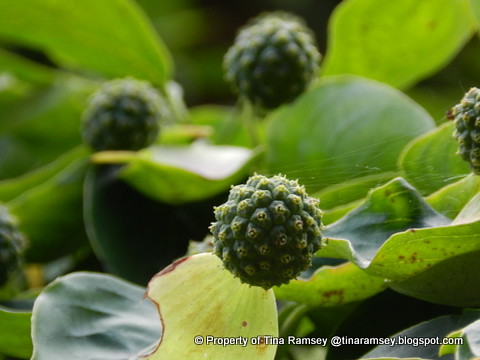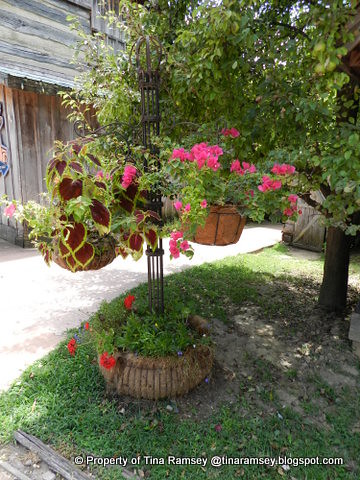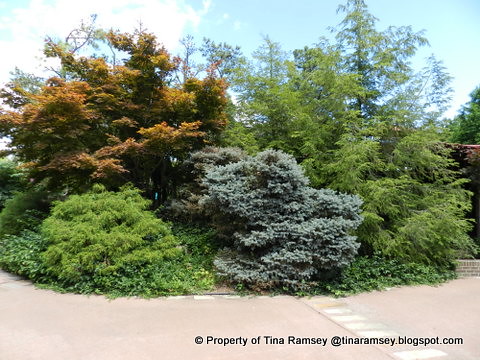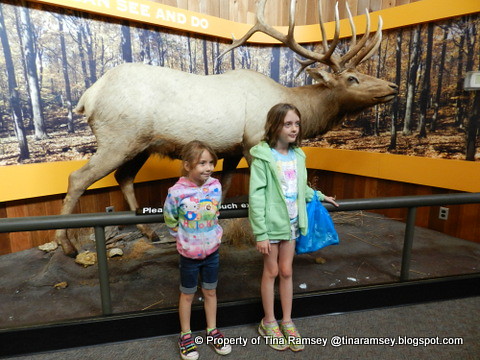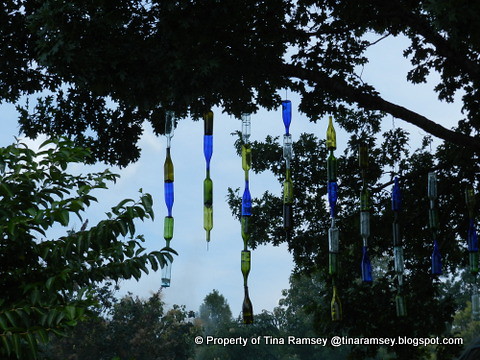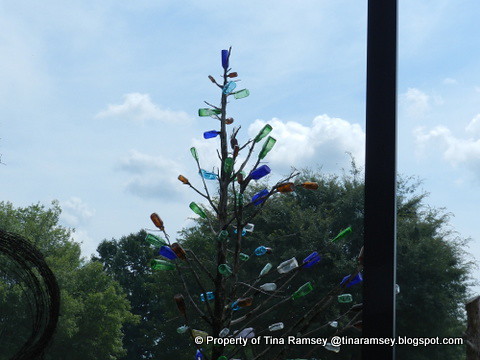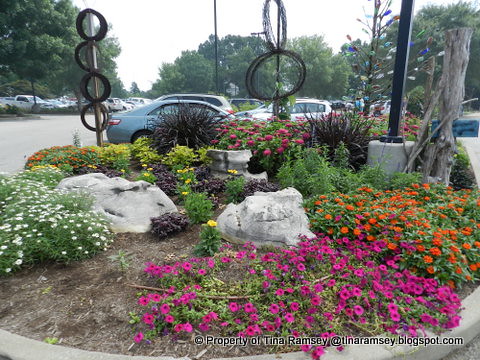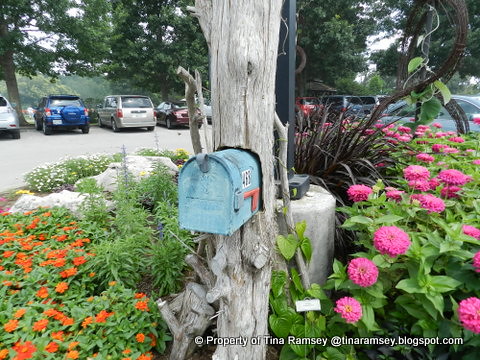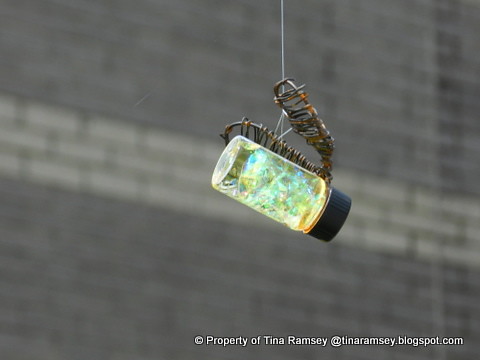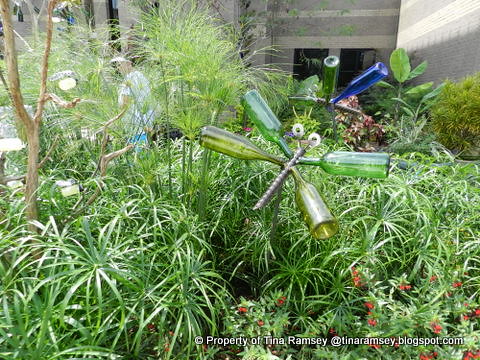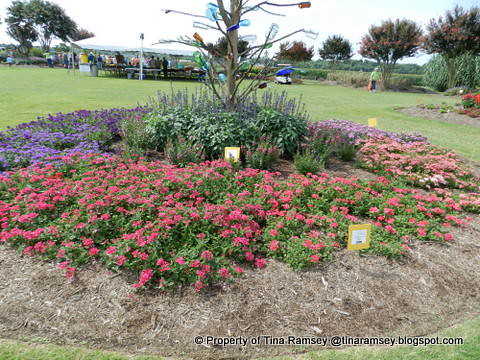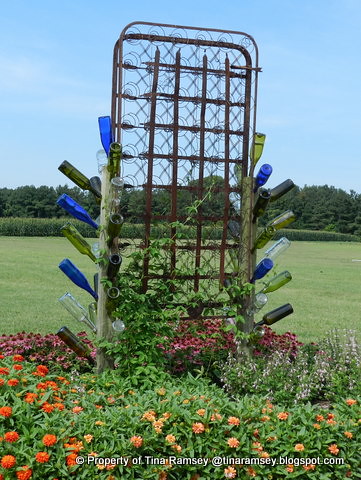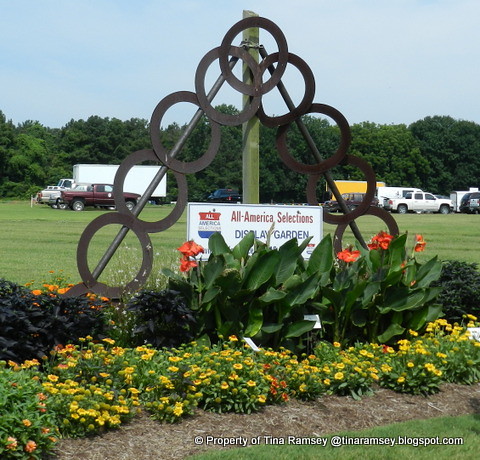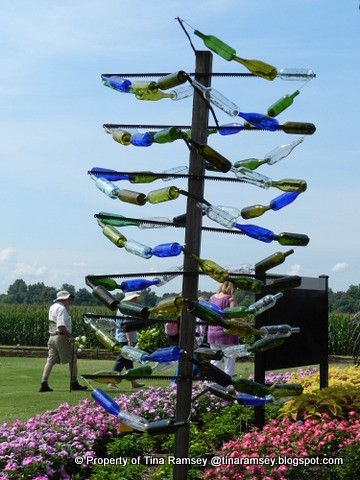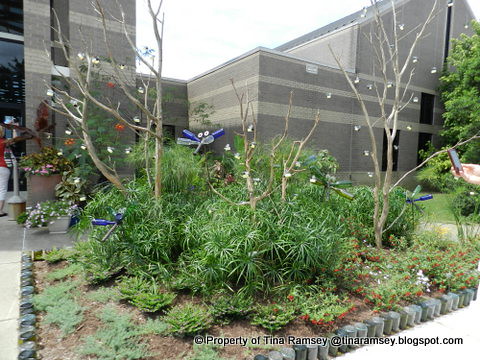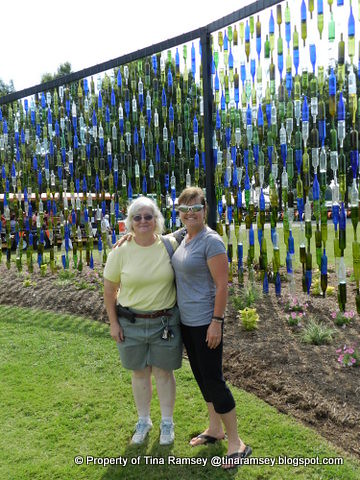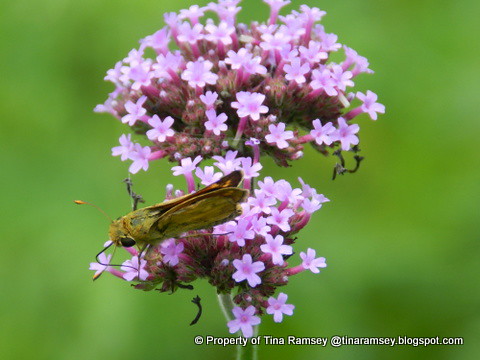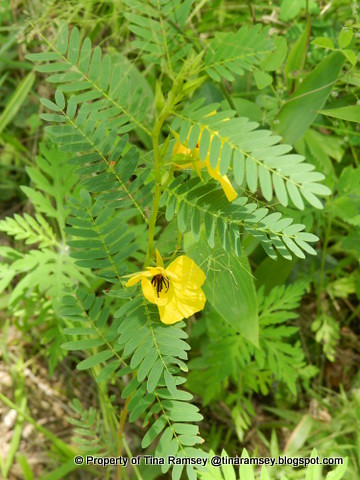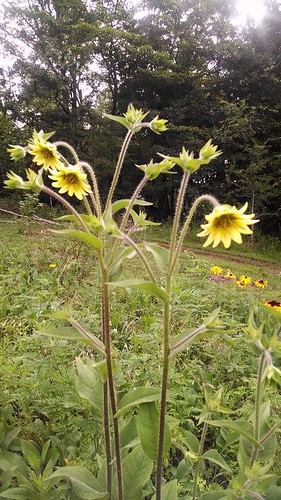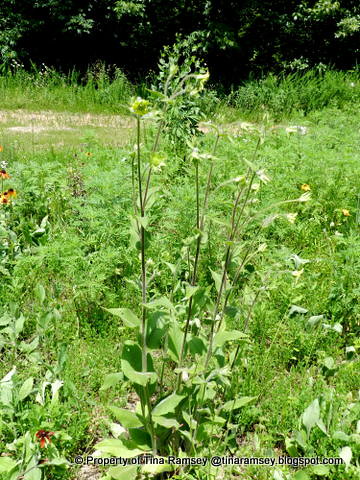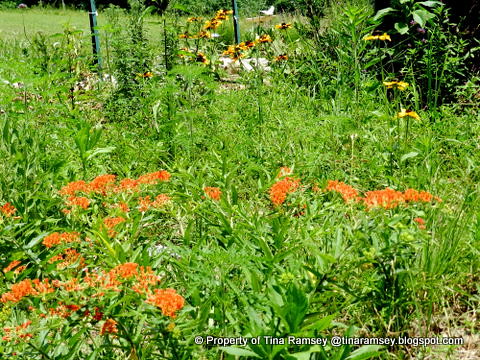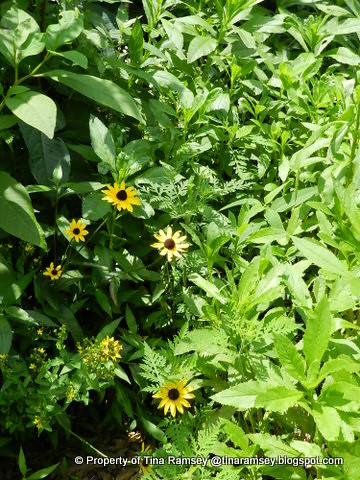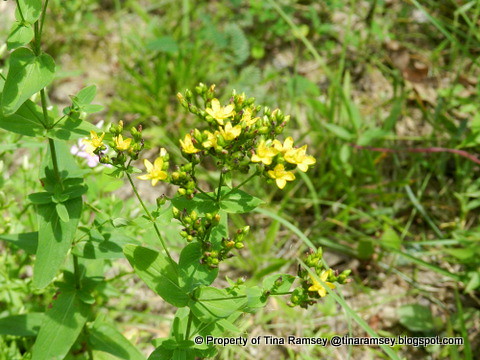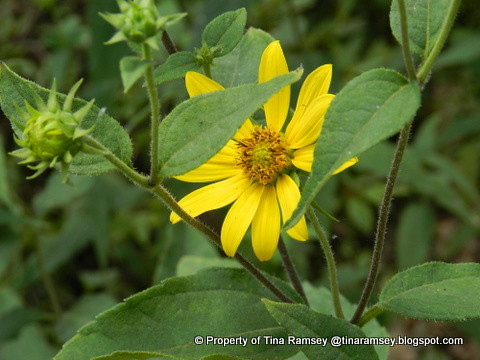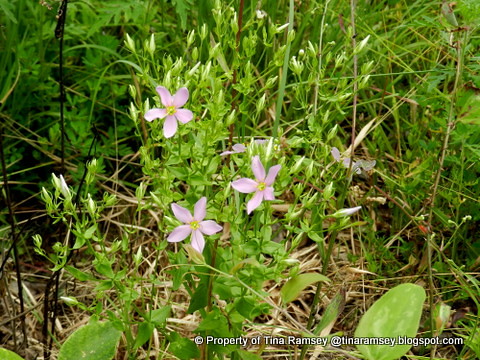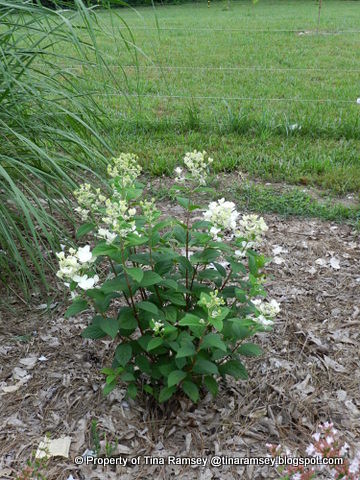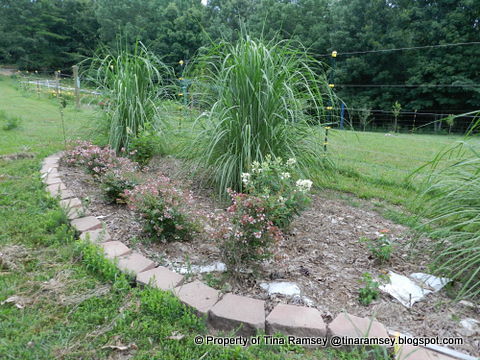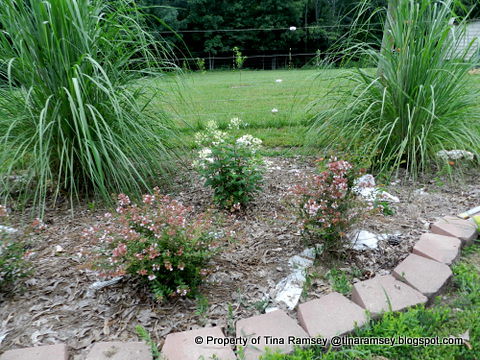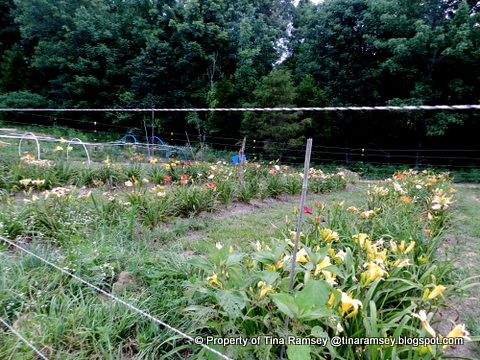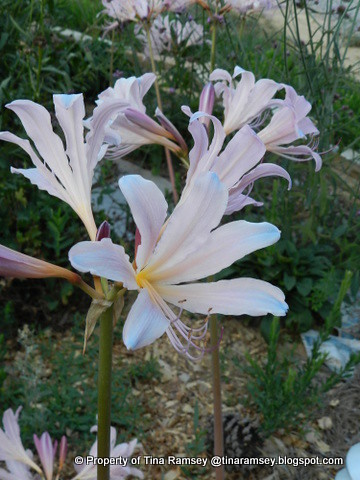
They bloomed--the first year!! Do you remember that back in March of this year I was busy digging up my Lycoris squamigera, aka Pink Ladies or Naked Ladies? I dug several hundred and moved them to a new 'Crabapple Garden' out on our land. I had hoped they would bloom this year but did not really have high expectations since it sometimes takes a year or two for lycoris bulbs to settle in. I was quite surprised and delighted to see a good many of the over 200 bulbs I planted in March have bloomed! It was such a delight to go to the land and see the Crabapple Garden alight with the sweet AND fragrant flowers of the Pink Ladies!

I spent a lot of time planning out this little round garden alongside my new driveway and have really liked how it turned out. There is one disclaimer about new gardens though, they change! And they change a lot. Just because it has turned out great this year does not mean it will be the same next year. You must continually maintain gardens by thinning, pruning, and so on. I have no misconceptions that this garden will stay static but for now it is looking great and once the Pink Ladies fill in it should get even better.
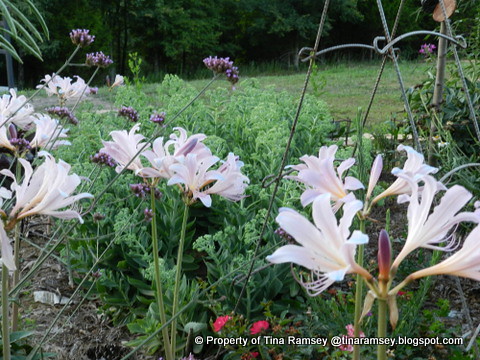
I really was not too sure these bulbs would bloom this year because their cousin, the notoriously difficult Lycoris radiata, aka Spider Lilies, is a difficult bulb to get to bulb after transplant. In fact, in my experience it will take several years (3-5) to finally get the Spider Lilies to bloom nicely. I will let you all know how they do as I did transplant a bunch of them to the new land as well.....
in the garden....
